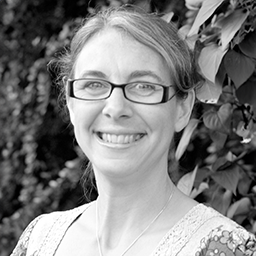Aims The carbon footprint of breastfeeding is relatively minimal, in comparison to an estimated 11-14 kgCO2e to produce one kilogram of infant formula. An increasingly available feed alternative when maternal milk is unavailable or as a short-term bridge to support breastfeeding is donor human milk (DHM) produced by a human milk bank. The Hearts Milk Bank (HMB) is one of 15 human milk banks currently operating in the UK, and the only independent charitable service. In 2021, the HMB produced 3943 litres DHM, and output is forecast to double over 2022 as a result of an increase in demand from both hospital and community services. No data is available on the carbon footprint (CFP) of human milk banking. This study aimed to identify an overall estimate of CFP per litre of DHM and identify areas of high-impact CFP within HMB processes. The findings of this study will inform recommendations on how HMB services can reduce the CFP associated with the processing and delivery of DHM.
Methods A baseline carbon footprint (CFP) assessment of HMB operations was conducted during 2019. The study adopted an ‘end-to-end’ Life Cycle Analysis (LCA) approach (ISO 14040:2006), a standardised method of measuring the environmental impacts of creating, using and disposing of products. The specific CFP was measure for five main life cycle phases: Donor Activity; Processing; Packaging (use and disposal); Transportation; Office operations (figure 1). Suggested recommendations for CFP reduction and mitigations were made presented.
Results The total CFP per litre DHM was calculated as 9.36 kgCO2e/L. Transportation of DHM is the highest impact phase, contributing 68% of HMB’s overall CFP. The phases of Donor Activity (15%) and Processing (12%) were the next largest contributors. The CFP of both packaging and office operations were found to be negligible in comparison, totalling only 4% of HMB’s total CFP (figure 2). Key recommendations are to reduce transportation impacts through moving towards electric vehicles and localising donor collections through a hub and spoke network; the latter has the advantage of increasing equity of donor recruitment and access to DHM for the most vulnerable families. Other technologies such as drone systems and collection mapping technology will need additional resource. Mitigations to offset HMB CFP include tree planting, as part of a Milk Wood scheme, and the first Milk Wood will be planted in late 2022, aiming to offset emissions from the first 4 years of operation.
Conclusion This LCA carbon footprint analysis presents findings from an initial aggregation of available data about HMB’s activities and processes to estimate the CFP produced per litre of DHM. Due to the scope of the study, a number of assumptions and simplifications have been made, as outlined throughout the report, which should be explored with more precise detail. Growth in demand for DHM will necessitate an expansion of HMB services nationally to ensure equity, with the ultimate aim of reducing CFP through a strategic, systematic approach to supporting maternal breastfeeding that avoids the need for near population-wide infant formula use.


